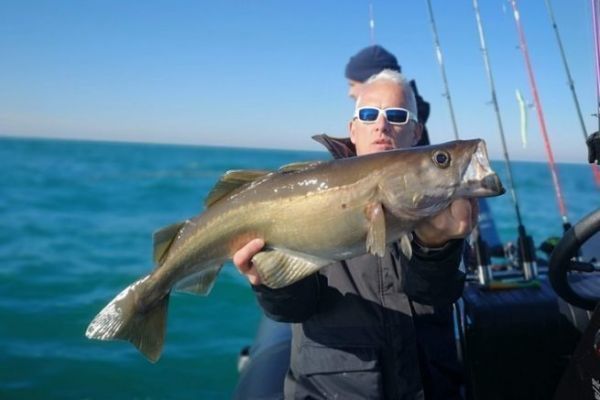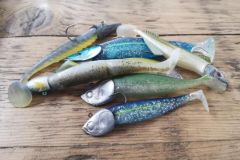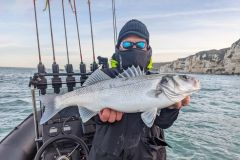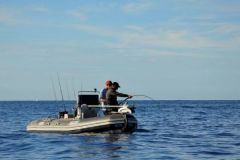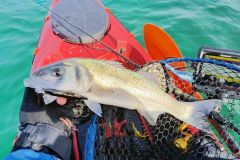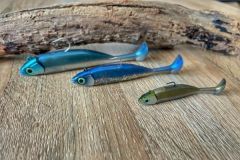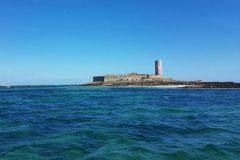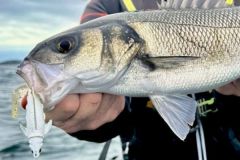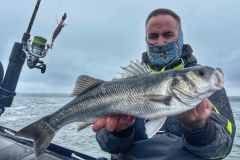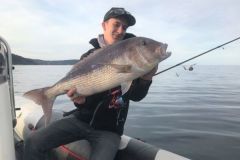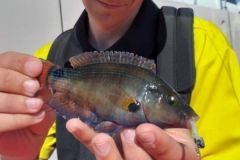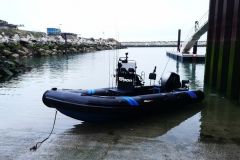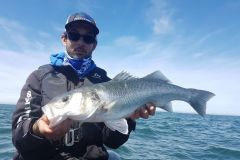Who hasn't dreamed of catching a record-breaking spot or bar on a beautiful, fishy wreck? Let me share my experience with you. I'm lucky enough to live not far from the D-Day beaches in Normandy, so you can imagine that we have no shortage of these ships sunk during the war.
Upstream preparation
This type of fishing requires thorough preparation based on nautical charts.

Here's a map of the Bay of the Seine that gives you a lot of information, provided you understand the symbols on it. Visit site data.shom will give you all the info you need: the map as above, but also the comprehensive 1 D booklet that tells you the meaning of every symbol.
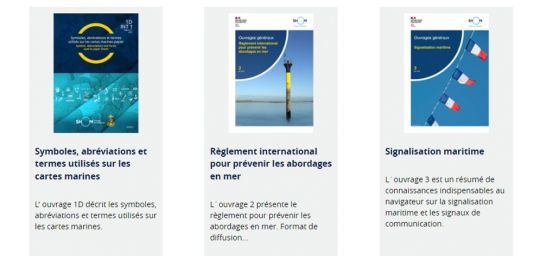
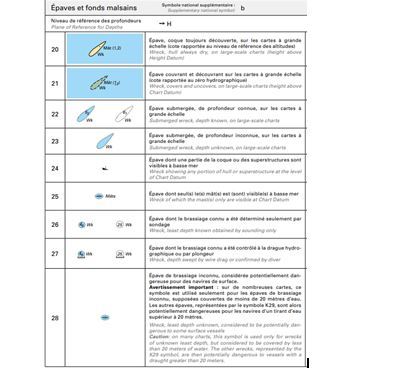
Lines 26, 27 and 28 are of particular interest. Lines 26 and 27 give you the depth of the wreck, so you can adapt to the species you're looking for. As far as location is concerned, I look for wrecks deeper than 50 meters as much as possible. For sea bass, 20 to 40 meters are often the most productive.
How do I find the coordinates of the wreck? Just right-click on the Shom map icon and the coordinates appear. All you have to do is add them to your depth sounder.
We have the dot in the sounder. How do you find the wreck when you're on the water?
In fact, SHOM charts are not always ultra-precise, and your wreck can sometimes be dozens or even hundreds of meters away.
On every fishing trip, I make a point of prospecting one or two spots that I've marked on the map in advance.
A single effective technique
First step: position yourself exactly on the GPS point you've identified, and fix your sounder, if possible set to 3d vision (Side View or Side Imaging, depending on the brand).
Second stage: the snail! You'll be turning like a snail's shell, moving 10 to 20 meters each time, until you come upon the wreck. If you're in 2D, don't hesitate to zoom in on the last 20 meters to get a better view of the wreck's carcass.
Once you've found it, all you have to do is map it out to appreciate its shape (maximum height, one or more pieces, orientation...).
How to tackle this wreck
Wrecks sunk in the direction of the current are much easier to fish. You cut your engine 50 to 100 m upstream of them, depending on the drift direction, to pass "silently" over them and not spook the fish. Once you've passed them, you'll move off about 100 m from them to raise your drift. This is how you can hope to fish for long minutes or even hours. I can assure you that an engine makes a lot of noise underwater, even at a depth of 50 m, and that spooked fish will enter the wreck, making it impossible to fish properly.
In conclusion, wreck fishing promises moments of pure excitement and encounters with fish of unique size. By following these tips, dive into wreck fishing and enjoy yourself, always respecting nature and the marine species that are the object of our passion.
An adventure where each capture tells a story buried in the depths of the ocean.
